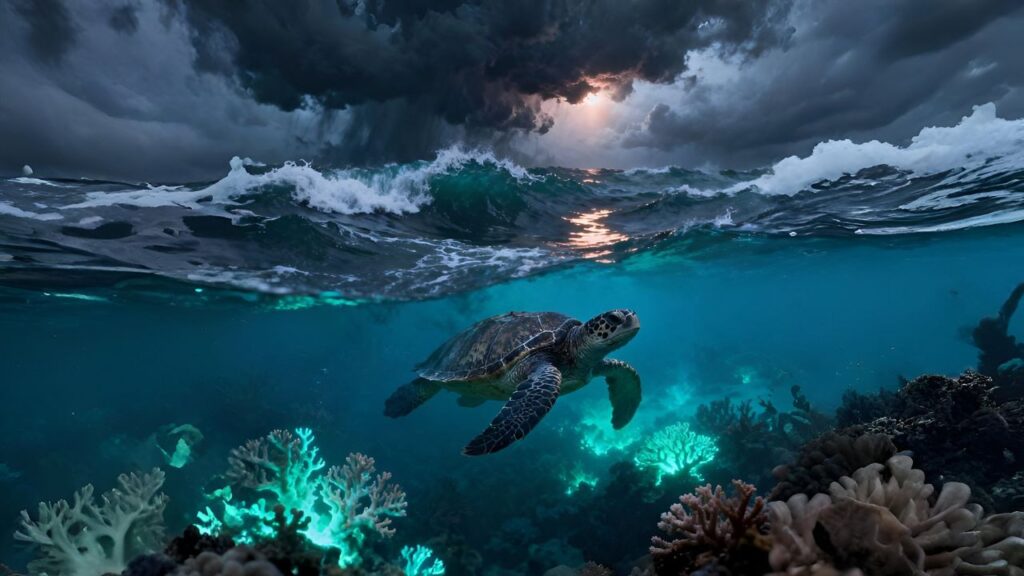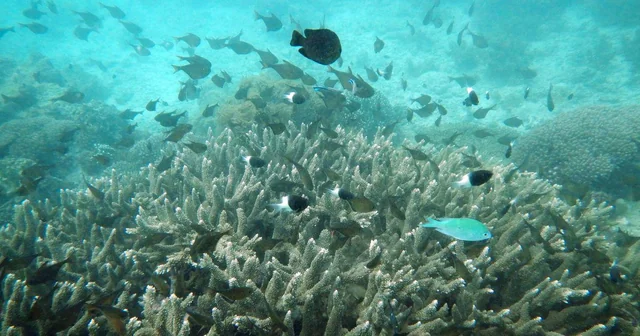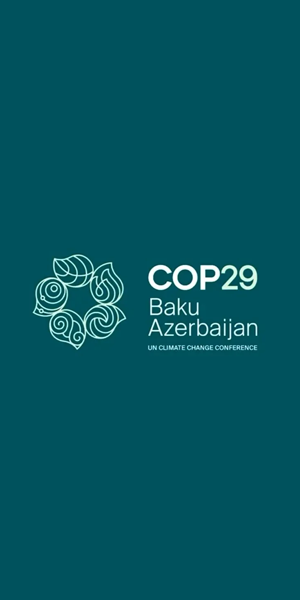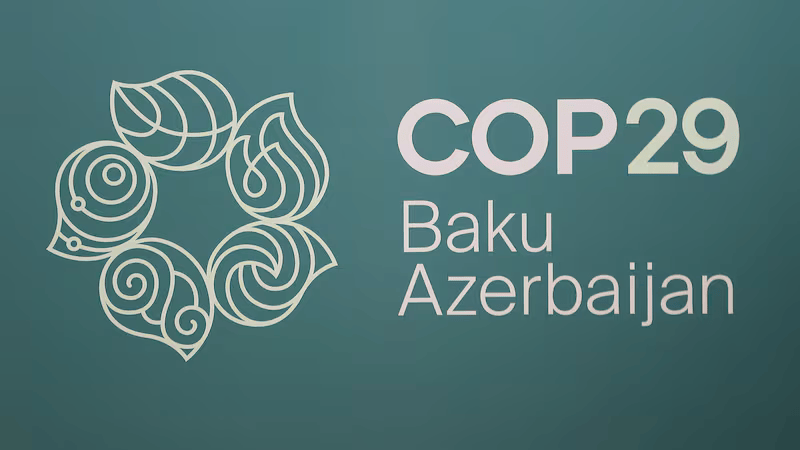
By Deborah Olaoluwa
A new report from the Planetary Boundaries Science Lab at the Potsdam Institute for Climate Impact Research (PIK) reveals that 7 of the 9 critical Earth system boundaries have now been breached, one more than last year.
“More than three-quarters of the Earth’s support systems are not in the safe zone. Humanity is pushing beyond the limits of a safe operating space, increasing the risk of destabilising the planet”, says PIK Director Johan Rockström.
The seven breached boundaries are: Climate Change, Biosphere Integrity, Land System Change, Freshwater Use, Biogeochemical Flows, Novel Entities, and Ocean Acidification (new in 2025).
All of these seven boundaries show worsening trends. Only Ozone Depletion and Aerosol Loading remain in the safe zone.
Oceans in focus: a seventh boundary breached
The 2025 Planetary Health Check reveals a stark new development: the Ocean Acidification boundary has now been assessed as breached for the first time.
This shift, driven mainly by fossil fuel burning and worsened by deforestation and land-use change, is degrading the oceans’ ability to act as Earth’s stabiliser.
This marks the seventh boundary transgressed, pushing humanity further beyond the safe zone for civilisation.
The 2025 Planetary Health Check shows Ocean Acidification has now gone beyond what is considered safe for marine life.
Marine ecosystems are already feeling the effects. Cold-water corals, tropical coral reefs, and Arctic marine life are especially at risk as acidification continues to spread and intensify.
Since the start of the industrial era, the ocean’s surface pH has fallen by around 0.1 units, a 30-40 per cent increase in acidity, pushing marine ecosystems beyond safe limits.
Tiny sea snails known as pteropods are already showing signs of shell damage. As an important food source for many species, their decline affects entire food chains, with consequences for fisheries and ultimately for people.
“The movement we’re seeing is absolutely headed in the wrong direction. The ocean is becoming more acidic, oxygen levels are dropping, and marine heatwaves are increasing. This is ramping up pressure on a system vital to stabilise conditions on planet Earth,” commented Levke Caesar, Co-lead of Planetary Boundaries Science Lab, and one of the authors of the report.
“This intensifying acidification stems primarily from fossil fuel emissions, and together with warming and deoxygenation affects everything from coastal fisheries to the open ocean. The consequences ripple outward, impacting food security, global climate stability, and human wellbeing.”
Sylvia Earle, renowned oceanographer and Planetary Guardian said, “The ocean is our planet’s life-support system. Without healthy seas, there is no healthy planet. For billions of years, the ocean has been Earth’s great stabiliser: generating oxygen, shaping climate, and supporting the diversity of life. Today, acidification is a flashing red warning light on the dashboard of Earth’s stability. Ignore it, and we risk collapsing the very foundation of our living world. Protect the ocean, and we protect ourselves.”

Planetary Boundaries show rising risks and urgency to protect Earth’s life-support systems
The nine boundaries together form Earth’s operating system, the interconnected life-support processes that must stay within safe limits to keep humanity safe and the natural world resilient. Scientists monitor these boundaries through key measures, much like vital signs in a health check, to track the planet’s condition. The findings point to accelerating deterioration and growing risk of irreversible change, including a higher risk of tipping points.
Boris Sakschewski, Co-lead of the Planetary Boundaries Science Lab and report author, added, “The interconnections between the planetary boundaries show how a planet under pressure both locally and globally can impact everyone, everywhere. Securing human well-being, economic development, and stable societies requires a holistic approach, where collaborations to find solutions across all sectors need priority.”
Good policies and international cooperation have made a difference
Only two boundaries remain within safe boundaries: loading of aerosols (air pollution) and the stratospheric ozone layer. Decades of international action, like the Montreal Protocol and shipping regulation, show that policy can turn the tide. Global aerosol emissions are declining, although South and East Asia, and parts of Africa and Latin America, still face significant and dangerous particulate pollution, while the ozone layer has largely recovered.
PIK Director Johan Rockström said, “We are witnessing widespread decline in the health of our planet. But this is not an inevitable outcome. The drop in aerosol pollution and healing of the ozone layer show that it is possible to turn the direction of global development. Even if the diagnosis is dire, the window of cure is still open. Failure is not inevitable; failure is a choice. A choice that must and can be avoided.”
According to Hindou Oumarou Ibrahim, Chair of the Planetary Guardians“Indigenous Peoples have safeguarded forests, water, and biodiversity by living within nature’s limits, guided by knowledge passed from our ancestors. Today, the Planetary Boundaries science confirms what Indigenous Peoples have always known: when we push beyond these limits, we put all life at risk. To heal our planet, we must unite science and traditional knowledge, respecting the wisdom of those who live closest to the land and waters.”











